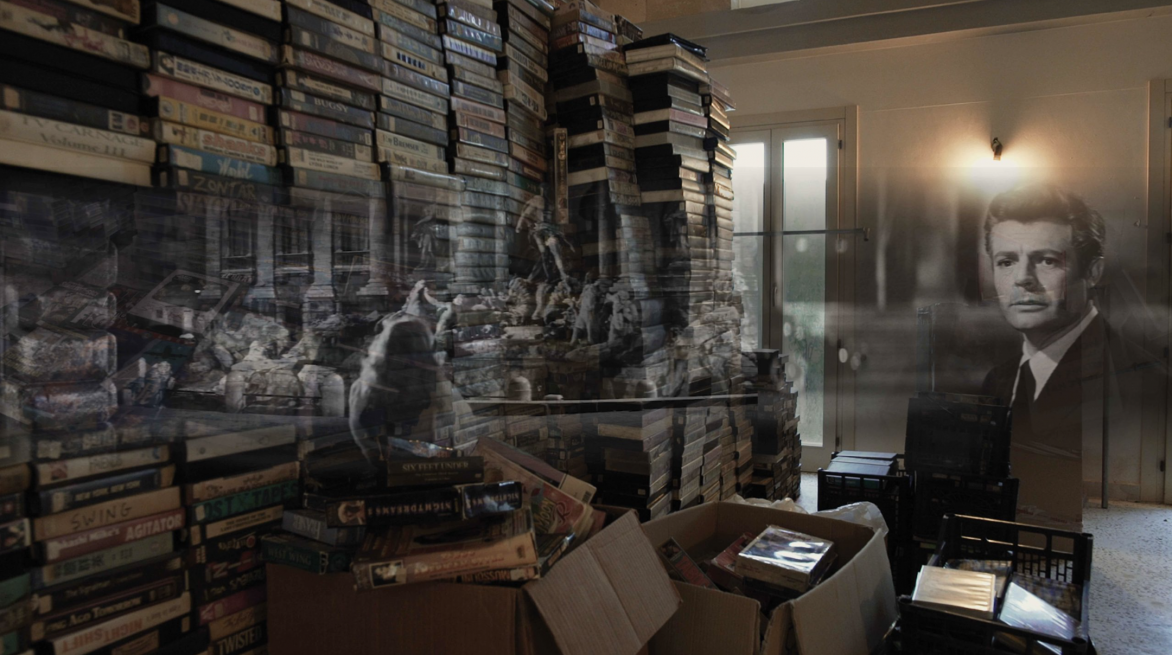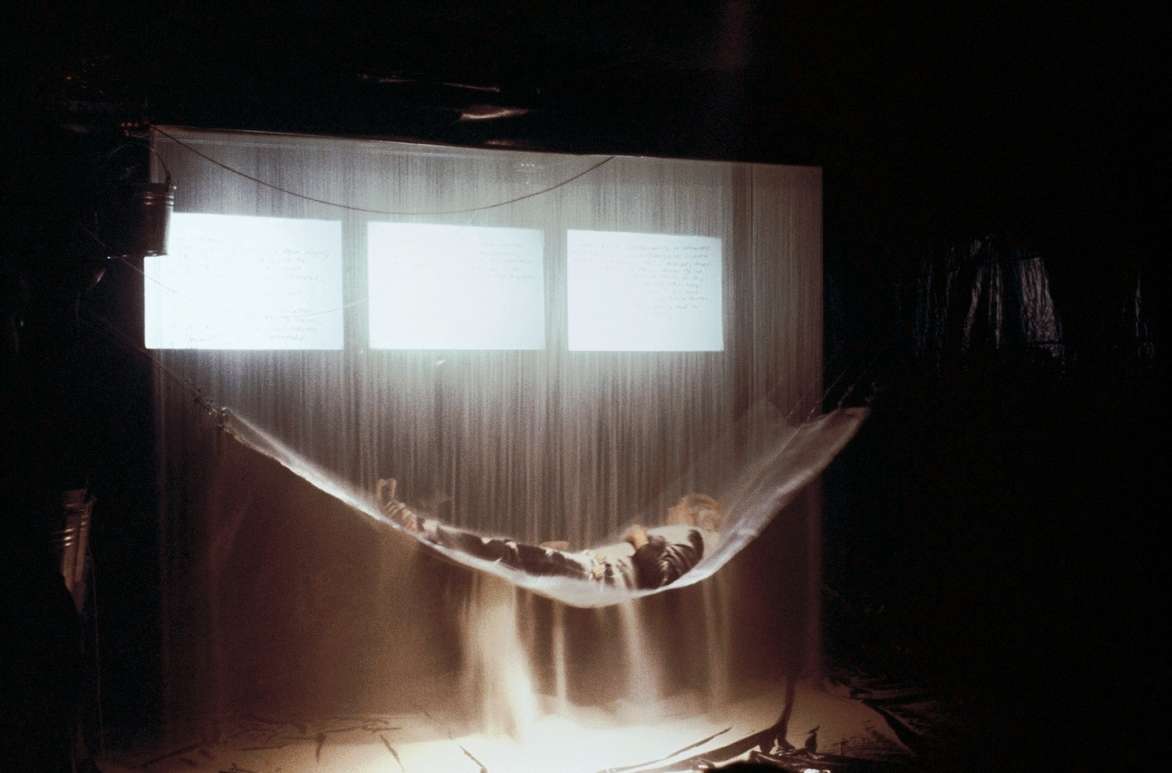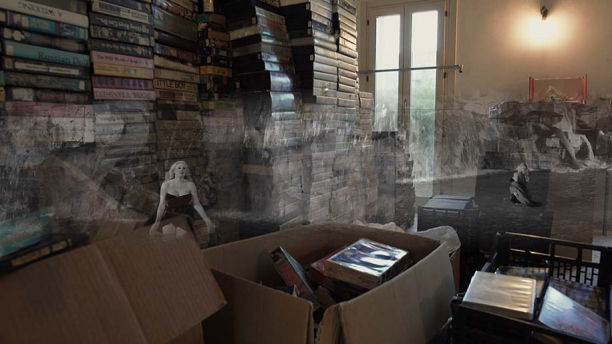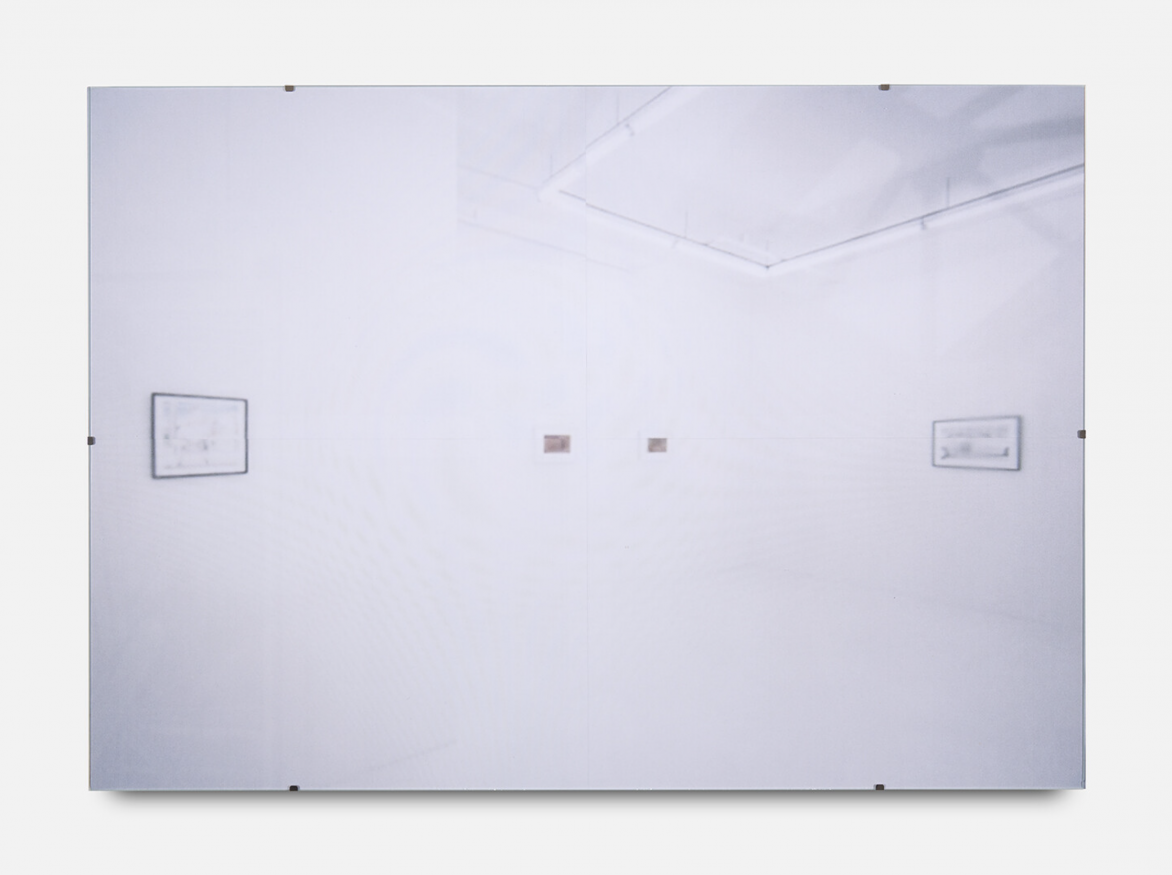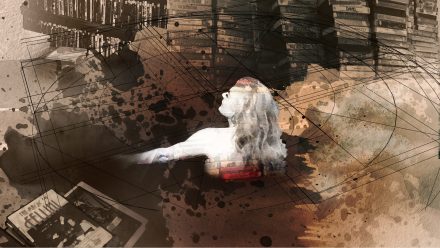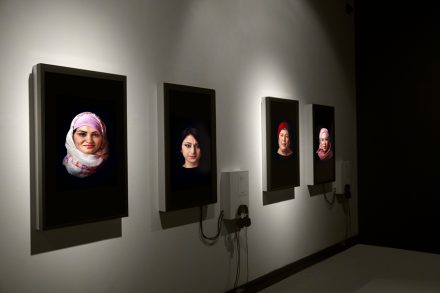Judith Barry recently presented her work, Model for Stage and Screen (1987), in the Topologies of the Real, Techne Shenzhen 2023 exhibition at Techne Shenzhen Museum of Contemporary Art / Urban Planning, in Shenzhen, China. The exhibition ran from May 3 – July 23, 2023, and was curated by ZHANG Ga (Distinguished Professor; Director, CAFA Center for Art & Technology (CAFACAT); China Central Academy of Fine Arts (CAFA)).
About Barry’s Model for Stage and Screen:
Light and fog are projected in a room in which two identical disks are suspended such that the viewer stands between them. Even though you can see precisely how this work functions, you are still subject to its (retinal) effects on your vision. As you leave the room, thinking you will regain control of your vision, you do not, instead, you see another color. This work demonstrates two of the many ways you cannot trust what you see as well as how you are not in control of your vision. In this sense, you become a projector.
The act of looking and the question of how we see were the genesis of Model for Stage and Screen. The structure, based in the precarity of 16th-century European anatomy theaters, also recalls cinema. Two mythical constructions about how ‘the gaze’ might be internalized are conjoined within an actual inhabitable space that leads out of the spectacle and into spectatorship. This ‘gaze’ is above all else privileged – before action, before decision.
These two constructs are suggestive of two acts where the desire to look and for the look to continue might cross the desire for an end to looking, and for something of its past to take its place.
One prior action is the insistence of the gaze of Orpheus as he descends into the underworld and transgresses by looking back at Eurydice, and where, at this moment of forgetting, what was once most longed for, is now irretrievably lost. The other is Oedipus, who only as newly blind is able reconcile the truth of the riddle he solved as the misrecognition of what he himself is.
So it is that these two moments cross each other: the Orphic moment – the impetus for looking; and the Oedipal –the moment of insight.






